2022-2023 学年湖北省武汉市江岸区高三上学期 11 月月考
英语试题及答案
第一部分 听力 (共两节,满分 30 分)
做题时、先将答案标在试卷上。录音内容结束后,你将有两分钟的时间将试卷上的答案转
涂到答题卡上。
第一节 (共 5 小题;每小题 1. 5 分,满分 7. 5 分)
听下面 5 段对话。每段对话后有一个小题,从题中所给的 A、B、C 三个选项中选出最佳选
项。听完每段对话后,你都有 10 秒钟的时间来回答有关小题和阅读下一小题。每段对话仅
读一遍。
例:How much is the shirt?
A. £19. 15.
B. £9. 18.
C. £9. 15.
答案是 C。
1. What does the man request?
A. A wake-up service.
B. The exact time.
C. Making a phone call.
2. Who will look after the dog?
A. Jane.
B. Mary.
C. Susan.
3. What do we know about the woman?
A. She is a hockey fun.
B. She plays hockey.
C. She has little to do this summer.
4. What is the probable relationship between the speakers?
A. Teacher and student.
B. Mom and son. C. Sister and brother.
5. What problem does the man face?
A. He has a low position.
B. He may lose his position.
C. He has trouble finding
a job.
第二节 (共 15 小题;每小题 1. 5 分,满分 22. 5 分)
听下面 5 段对话或独白。每段对话或独白后有几个小题,从题中所给的 A、B、C 三个选项
中选出最佳选项。听每段对话或独白前,你将有时间阅读各个小题,每小题 5 秒钟;听完后,
各小题将给出 5 秒钟的作答时间。每段对话或独白读两遍。
听下面一段较长对话,回答以下小题。
16. What are the speakers doing?
�
A. Visiting a shoe store.
B. Talking about fashion. C. Looking for a dress.
7. What does the woman think of the price?
A. Too low.
B. Too high.
C. Reasonable.
听下面一段较长对话,回答以下小题。
8. Where does this conversation take place?
A. In the kitchen.
B. In the office.
C. On the phone.
9. What is Sammy’s problem?
A. Her sink doesn’t work.
B. Her kitchen is flooded.
C. Her apartment is in need
of repair.
10. Why are the repairmen unavailable now?
A. They are on holiday.
B. They’ve been sent out.
C. They are busy making calls.
听下面一段较长对话,回答以下小题。
11. Why does the woman turn to the man?
A. She has a toothache.
B. She has dirt on the teeth.
C. She needs to remove one
tooth.
12. How much should the woman pay for the treatment of her teeth?
A. $50.
B. $100.
C. $150.
13. When will the woman come for her first teeth cleaning?
A. Tomorrow morning. B. This afternoon.
C. Tomorrow afternoon.
听下面一段较长对话,回答以下小题。
14. What does the man ask the woman to do?
A. Hold a meeting.
B. Cancel the meeting.
C. Change the meeting time.
15. At what time will the man present his report?
A. At 19.
B. At 11. C. At 12.
16. What does the woman probably do?
A. A manager.
B. A typist.
C. A secretary.
17. What will the woman do next?
A. Go for a weekend.
B. Send an email to everyone.
C. Prepare a report for the
man.
听下面一段独白,回答以下小题。
�
18. What is the teacher mainly introducing?
A. Notes before class begins.
B. The content of the class.
C. The location of the
classroom.
19. What is the total time of the class every week?
A. 2 hours.
B. 3 hours.
C. 4 hours.
20. When can a student ask the teacher questions in person?
A. On Monday.
B. On Wednesday.
C. On Friday.
第二部分 阅读理解 (共两节,满分 50 分)
第一节 (共 15 小题;每小题 2. 5 分,满分 37. 5 分)
阅读下列短文,从每题所给的 A、B、C 和 D 四个选项巾,选出最佳选项,并在答题纸上将
该项涂黑。
A
· Do an anonymous (匿名的) act of kindness for someone.
· Leave a smile card behind to encourage them to pay-it-forward.
· Share your story here to spread the inspiration.
· hanged the world, one kind act at a time.
ORDER SMILE CARDS
To request Smile Cards, please fill out the form below. A volunteer will mail
you an order of ten cards within two weeks. Smile Cards are offered to anyone who
requests them on a pay-it-forward basis. That means there is no charge for a set
of cards. Someone before you has paid for your cards, and you are invited to keep
the chain going and pay-forward whatever you wish for the next person! For special
events or circumstanced, you can also place a large quantity of request.
Note: When using a Smile Card, remember not to just hand it out by itself.
The idea is to do something kind for someone and then leave the Smile Card behind,
�
so that they know someone reached out to them, and that they are invited to
pay-forward the kindness and keep the rippled going!
Country: *-select -
Name: * ________
There is a daily maximum order for each country. Please select a country first
to make sure we have not exceeded the quota(定额) for the day.
Address: *________
City: * ________
State: *- select-
Email address: * ________
Inspiration: * ________
Please tell us what inspired you to order Smile Cards, and give us an example
of a kind act you'd like to do using them.
PLACE smile CARD ORDER NOW
ABOUT US
KindSpringisaplacetopracticesmallactsofkindness.Foroveradecade
the Kind Spring user community has focused on inner transformation, while
collectivelychangingtheworldwithgenerosity,gratitude,andtrust.Thesite
is 100 % volunteer-runandtotallynon-commercial.Itisasharedlaboroflove.
1. When can you use a smile card?
A. Your friend's birthday is approaching.
B. Your classmate has won the first
prize.
C. You've ordered lunch for a poor friend.
D. You find your classmate in low
spirits.
2. To order smile cards, you have to________
A. pay for them in advance
B. place a big quantity of request
C. mail some necessary information
D. tell what favor you will do for
others
3. The purpose of using smile cards is to encourage people to ________
A. spread kindness
B. become volunteers
C. advertise for Kind Spring
D. pay others' kindness back
�
【答案】1. C
2. D
3. A
【解析】
【导语】本文是一篇说明文。文章主要介绍了微笑卡卡片,并讲述如何申请微笑卡,微笑卡
的使用注意事项和背后负责的团队。
【1 题详解】
推理判断题。根据 Note 中的“When using a Smile Card, remember not to just hand it
out by itself. The idea is to do something kind for someone and then leave the Smile
Card behind (当使用微笑卡片时,记住不要把它单独分发出去。这个想法是为别人做一些
善良的事情,然后把微笑卡片留在身后)”可知,做一件善良的事情时,可以使用微笑卡,
“你为一个穷朋友点了午餐”属于做的善事。故选 C。
【2 题详解】
细节理解题。根据文章中的“Please tell us what inspired you to order Smile Cards,
and give us an example of a kind act you'd like to do using them.(请告诉我们是什
么激发了你订购微笑卡片,并给我们一个你想用它们做的善良行为的例子)”可知,要申请
微笑卡片,需要告诉你想为别人做什么。故选 D。
【3 题详解】
细节理解题。根据 Note 中的“so that they know someone reached out to them, and that
they are invited to pay-forward the kindness and keep the rippled going!(这样他
们就知道有人向他们伸出了援手,他们也被邀请来传递这种善良,让这种行为继续下去!)”
可知,使用微笑卡是鼓励人们传递善良。故选 A。
B
The Book Lady
It was Jennifer Williams's mother who got her hooked on books. A librarian, she
read to her three children every day. “Not until we went to kindergarten,” Williams
told vadogwood.com, a local news site. “Until we went to college.”
�
When Williams, now 54, became an elementary school teacher and tutor in Danville,
Virginia, she wanted her students to fall in love with reading just as she had. But
early on, she realized that some kids had limited access to books.
“It’s very obvious to teachers of young children which kids are read to versus
kids who are not,” she said. “It’s obvious at the end of the first day of school.”
To Williams, the solution was simple: Give kids books. In 2017, as part of a civic
event called Engage Danville, she gave away 900 used children’s books over three
days. Most people would be satisfied with that.
“I was like, ‘Anybody could do that,’” she said. “I wanted to do something
that’s going to stretch my faith, my work ethic, my everything.”
So she set a new goal for herself: Give away one million books. It sounds like
an unreachable number, but as Williams posted on Facebook: “Don’t complain in the
bleachers if you aren’t willing to work hard out on the field.”
So she got to work, first by roping in friends to donate books or money to buy
books. Before long, as news of Williams’s project spread, strangers started leaving
piles of books on her front porch. As quickly as the books come in, Williams gives
them to local schools — free of charge — and also supplies books to little free
libraries around the city of 41,000 just over the North Carolina border. She also
hosts a book club for prisoners in the local prison.
In the four years she's been doing all this, the Book Lady, as Williams has come
to be known, has given away more than 78,000 books — only 922,000 more to reach
her goal! And she’s not slowing down. It’s too important for kids with few options.
�
“Reading can take you anywhere,” she told CNN. “You can travel in time and
space. If you can read, you can learn almost anything.”
4. What made Willian interested in reading?
A. Her children’s hobby.
B. Her mother’s influence.
C. A stranger’s encouragement.
D. A teacher's impact.
5. Why did William originally contribute so many books?
A. To satisfy most people.
B. To celebrate the civic event.
C. To help students love reading.
D. To stretch her faith and work
ethic.
6. How did William collect books for her goal?
A. By asking her friends to buy books.
B. By attaining books from the
prison.
C. By getting donation from free libraries.
D. By receiving donated books from
strangers.
7. According to the passage, what words can best describe William?
A. helpful and ambitious.
B. respectable and innocent.
C. hardworking and adventurous.
D. determined and humorous.
【答案】4. B
5. C
6. A
7. A
【解析】
【导语】这是一篇记叙文。文章介绍了 Jennifer Williams 志愿捐书的爱心故事。
【4 题详解】
细节理解题。根据第一段第一句“It was Jennifer Williams's mother who got her hooked
on books.(是詹妮弗·威廉姆斯的母亲让她迷上了书。)”可知,她母亲的影响使威廉对阅
读产生了兴趣。故选 B。
【5 题详解】
细节理解题。根据第二段第一句中“she wanted her students to fall in love with reading
just as she had.(她希望她的学生像她一样爱上阅读)”可知,为了帮助孩子们热爱阅读,
她开始捐书。故选 C。
【6 题详解】
细节理解题。根据第六段第一句“So she got to work, first by roping in friends to donate
�
books or money to buy books.(于是她开始工作,首先是拉拢朋友们捐书或出钱买书。)”
可知,她通过让她的朋友买书来收集书籍。故选 A。
【7 题详解】
推理判断题。根据第三段第三句“To Williams, the solution was simple: Give kids books.
(对威廉姆斯来说,解决办法很简单:给孩子们书。)”可知,她乐于助人;根据第五段第一
句“So she set a new goal for herself: Give away one million books.(所以她给自
己定了一个新目标:捐出一百万本书。)”可知,她是很有野心的。故选 A。
C
Colin Chapman, the founder of Lotus Cars, was one of motor racing’s most
influential engineers. Between 1962 and 1978 Lotus won seven Formula One
constructors championships. He summed up his philosophy as “simplify, then add
lightness”. It appears to be an uncommon insight. A paper published in Nature
suggests that humans struggle with subtractive (减法的) thinking. When asked to
improve something, they tend to suggest adding new things rather than removing what
is already there, even when additions lead to sub-par (低于标准的) results.
The research was motivated by everyday observation rather than psychological
theory, says Gabrielle Adams, the paper’s first author, who cites folk wisdom such
as ‘less is more’ and ‘keep it simple’. Perhaps the need for such reminders was
evidence of a blind spot in people’s thinking?
Along with colleagues at the University of Virginia, Dr. Adams conducted a series
of observational studies. In one, when participants were asked to alter an essay
they had written, 16% cut words while 80% added them. Others gave similar results.
Of 827 suggestions received by the new boss of an American university for how the
institution could be improved, 581 involved adding new things and just 70 suggested
removing something.
Having established that addition does indeed seem to be more popular than
subtraction, the next step was to work out why. One possibility was that people were
considering subtractive options, but deliberately choosing not to pursue them.
Another was that they were not even thinking of them in the first place.
Let’s enter a new set of experiments. One experiment asked participants to
�
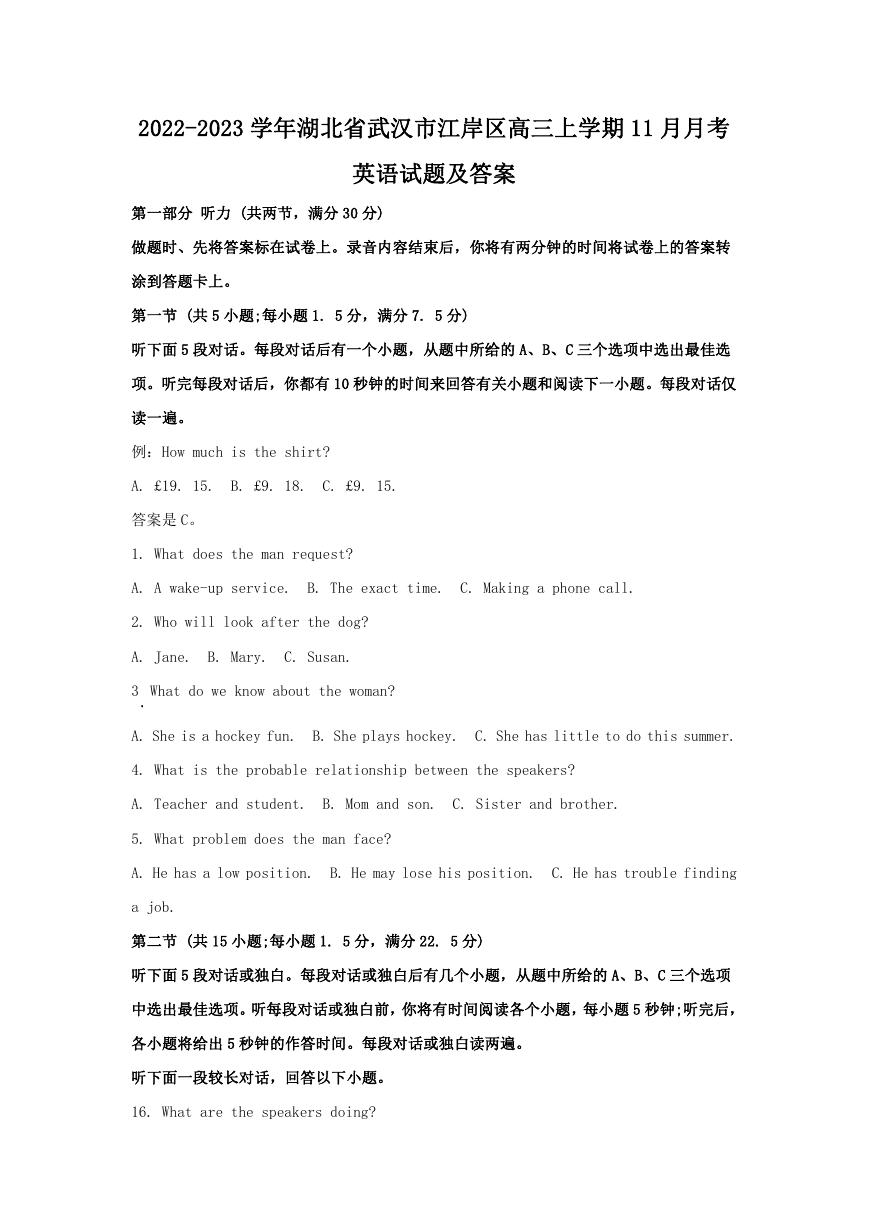
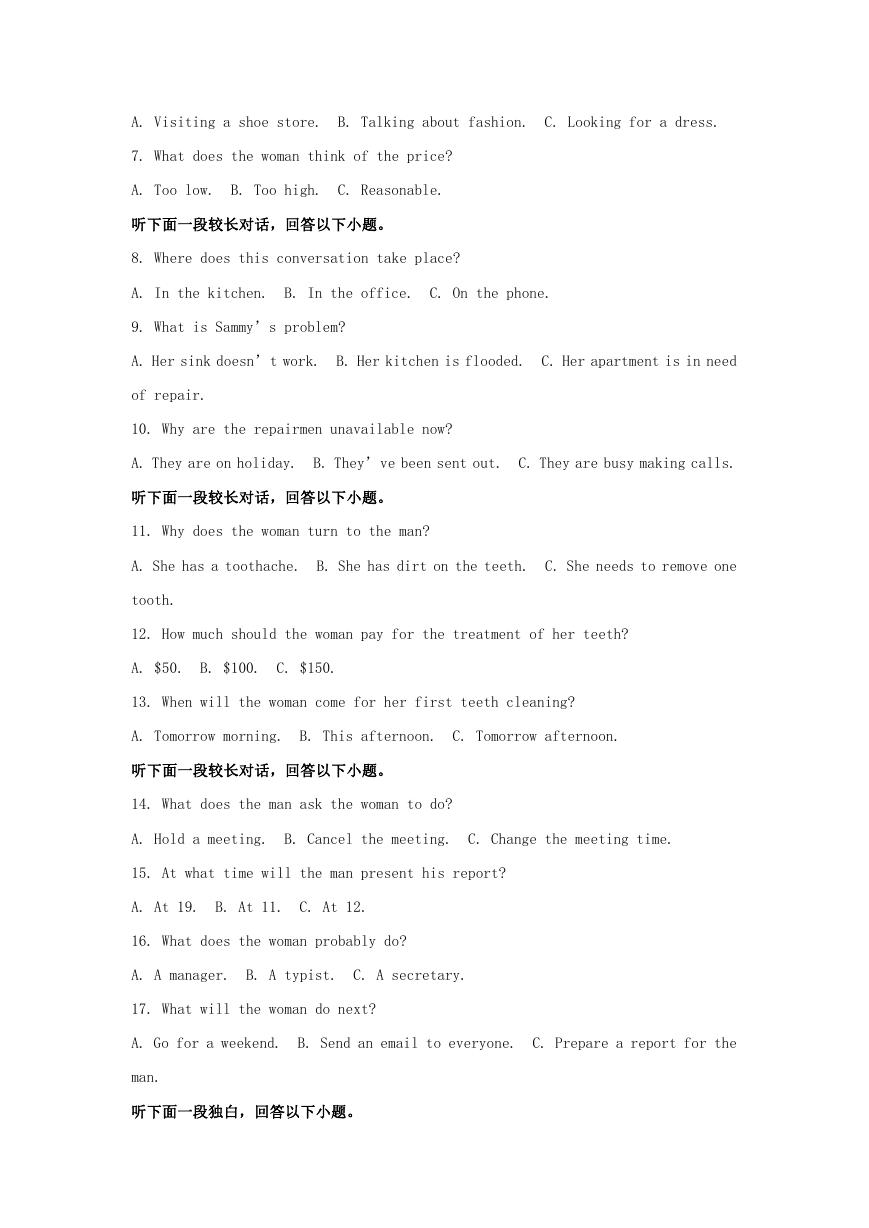
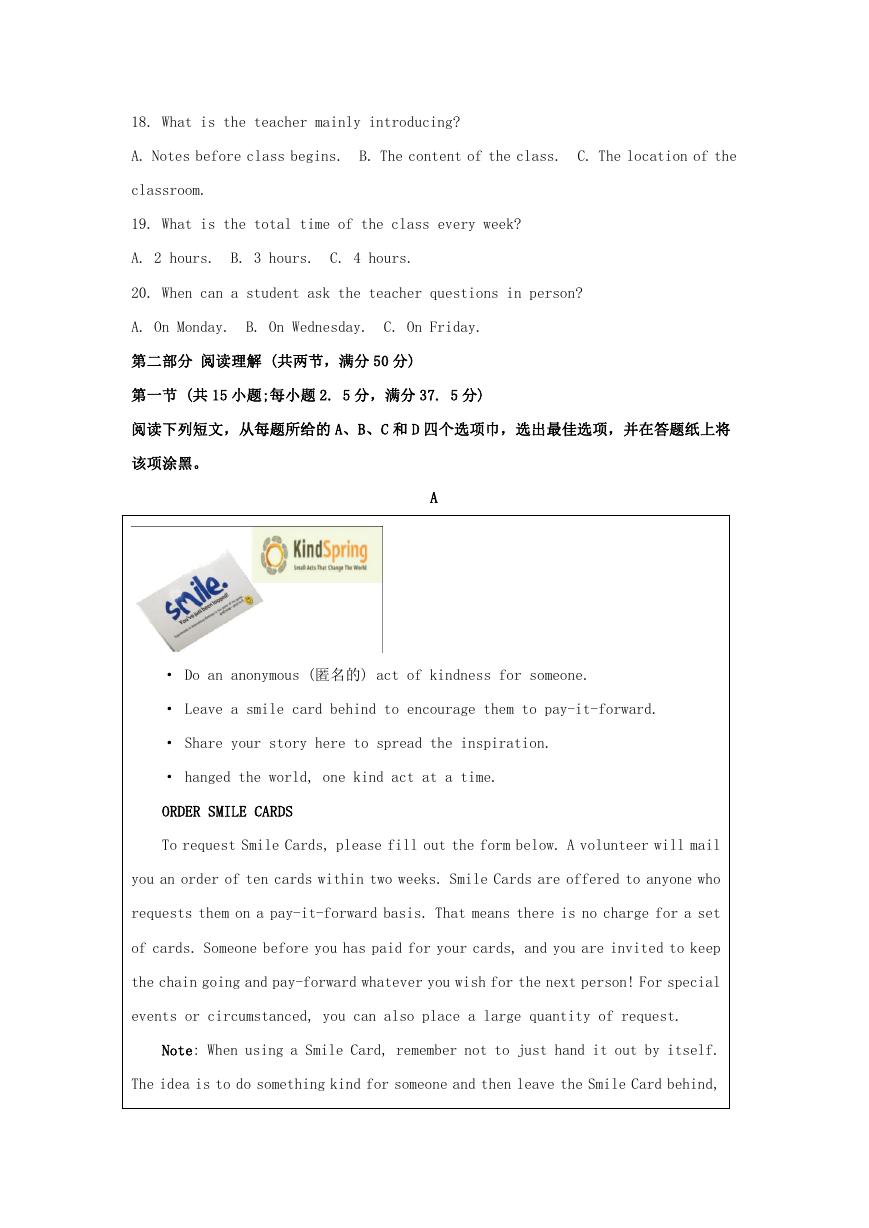
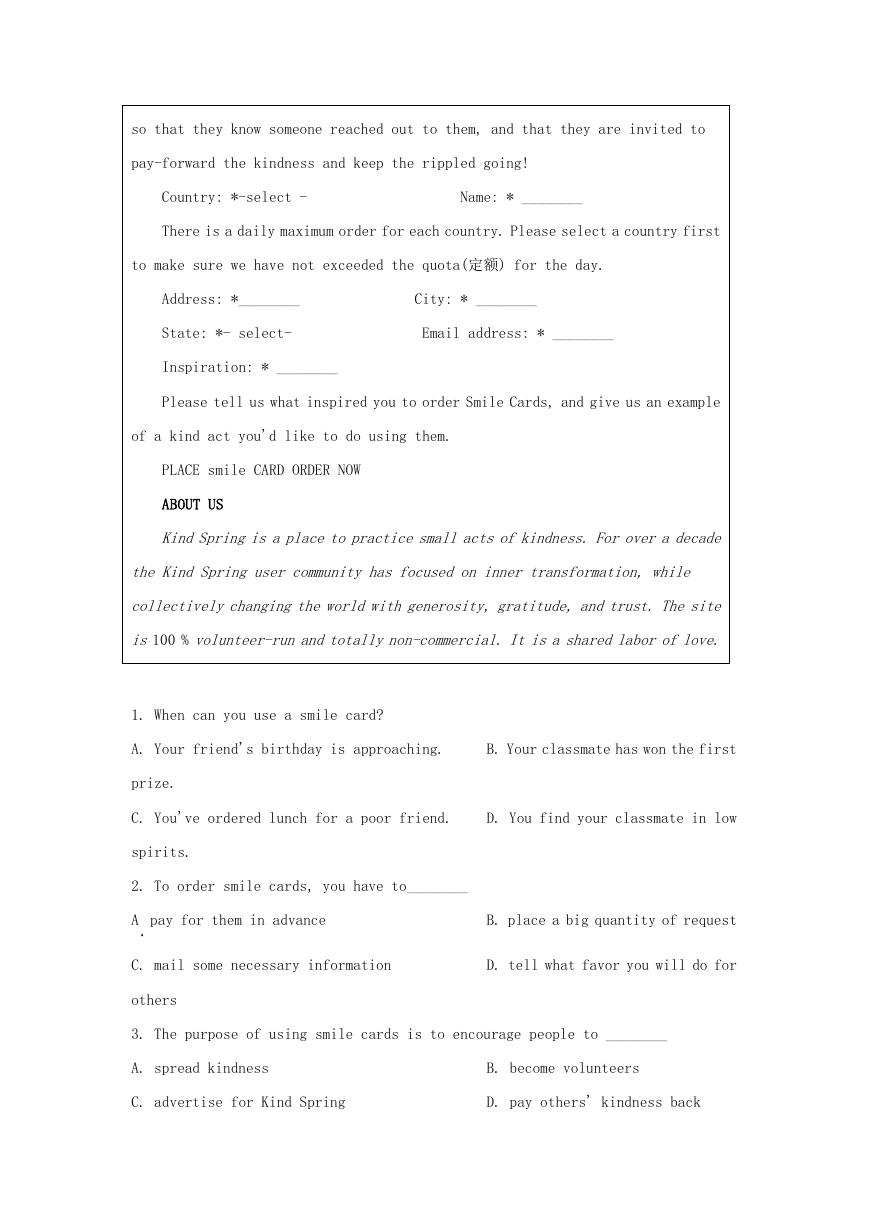
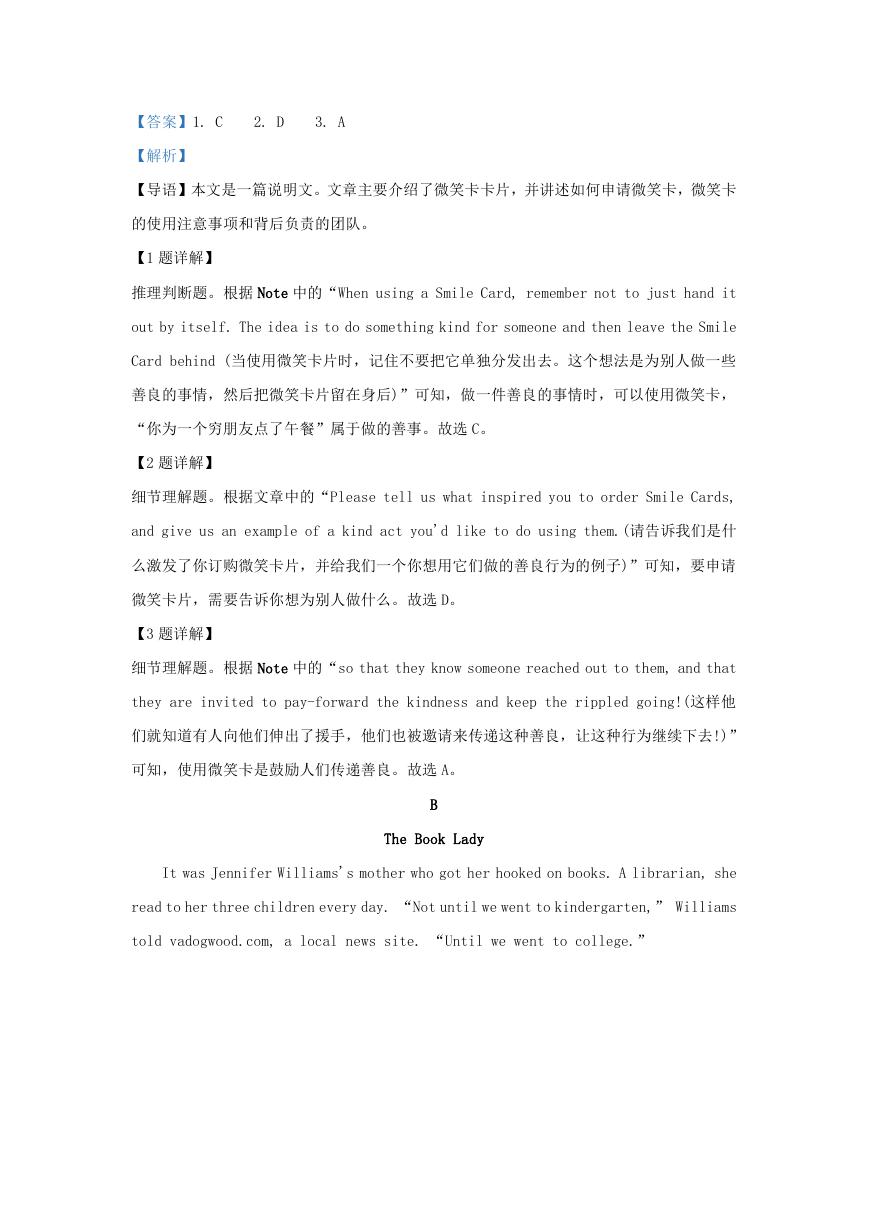
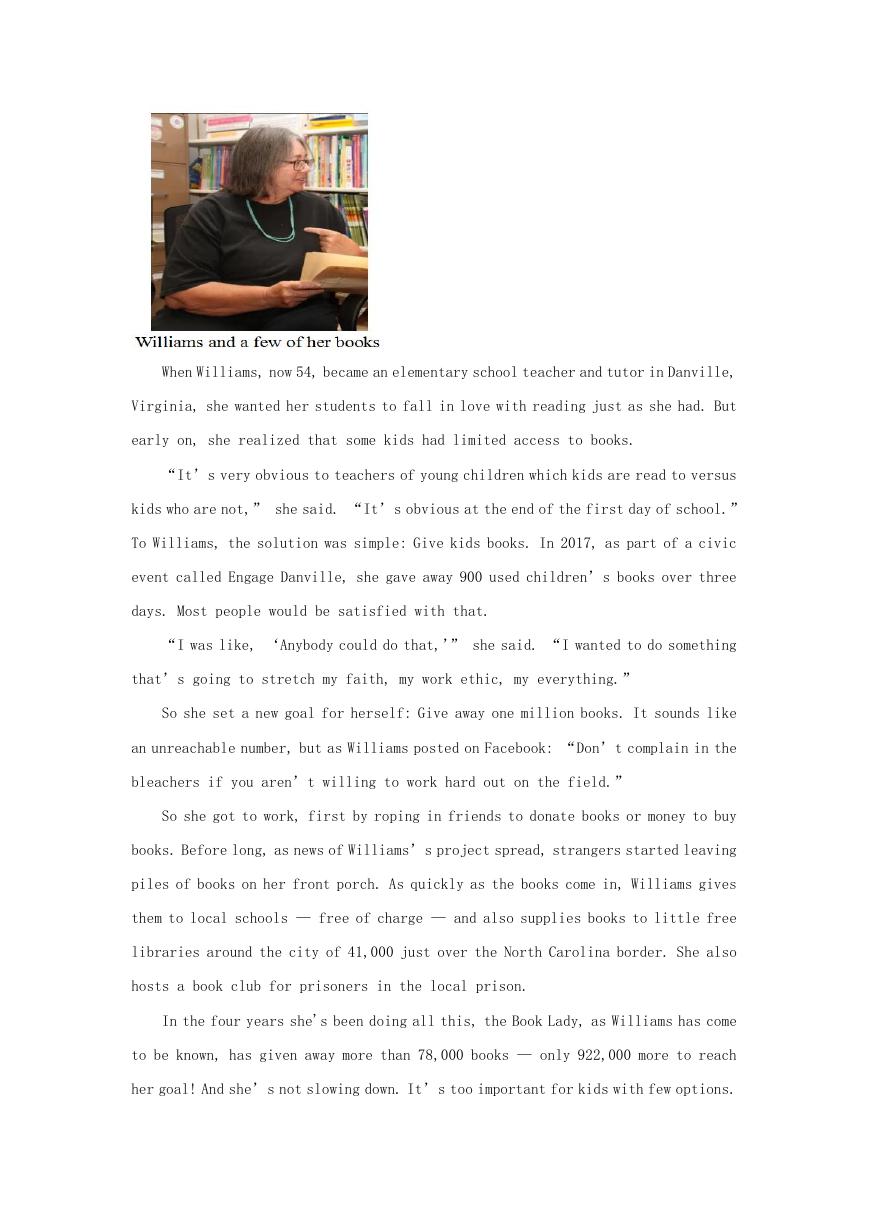
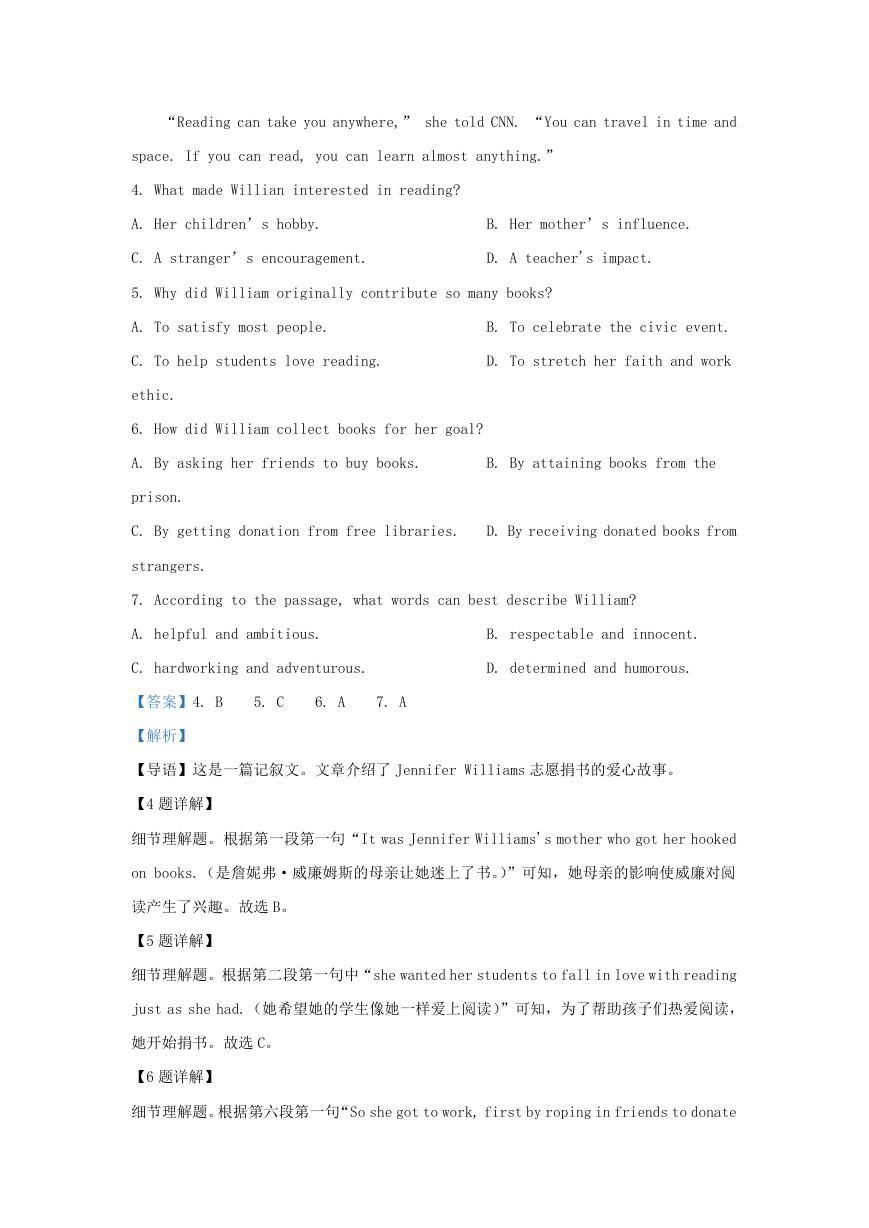









 2023年江西萍乡中考道德与法治真题及答案.doc
2023年江西萍乡中考道德与法治真题及答案.doc 2012年重庆南川中考生物真题及答案.doc
2012年重庆南川中考生物真题及答案.doc 2013年江西师范大学地理学综合及文艺理论基础考研真题.doc
2013年江西师范大学地理学综合及文艺理论基础考研真题.doc 2020年四川甘孜小升初语文真题及答案I卷.doc
2020年四川甘孜小升初语文真题及答案I卷.doc 2020年注册岩土工程师专业基础考试真题及答案.doc
2020年注册岩土工程师专业基础考试真题及答案.doc 2023-2024学年福建省厦门市九年级上学期数学月考试题及答案.doc
2023-2024学年福建省厦门市九年级上学期数学月考试题及答案.doc 2021-2022学年辽宁省沈阳市大东区九年级上学期语文期末试题及答案.doc
2021-2022学年辽宁省沈阳市大东区九年级上学期语文期末试题及答案.doc 2022-2023学年北京东城区初三第一学期物理期末试卷及答案.doc
2022-2023学年北京东城区初三第一学期物理期末试卷及答案.doc 2018上半年江西教师资格初中地理学科知识与教学能力真题及答案.doc
2018上半年江西教师资格初中地理学科知识与教学能力真题及答案.doc 2012年河北国家公务员申论考试真题及答案-省级.doc
2012年河北国家公务员申论考试真题及答案-省级.doc 2020-2021学年江苏省扬州市江都区邵樊片九年级上学期数学第一次质量检测试题及答案.doc
2020-2021学年江苏省扬州市江都区邵樊片九年级上学期数学第一次质量检测试题及答案.doc 2022下半年黑龙江教师资格证中学综合素质真题及答案.doc
2022下半年黑龙江教师资格证中学综合素质真题及答案.doc